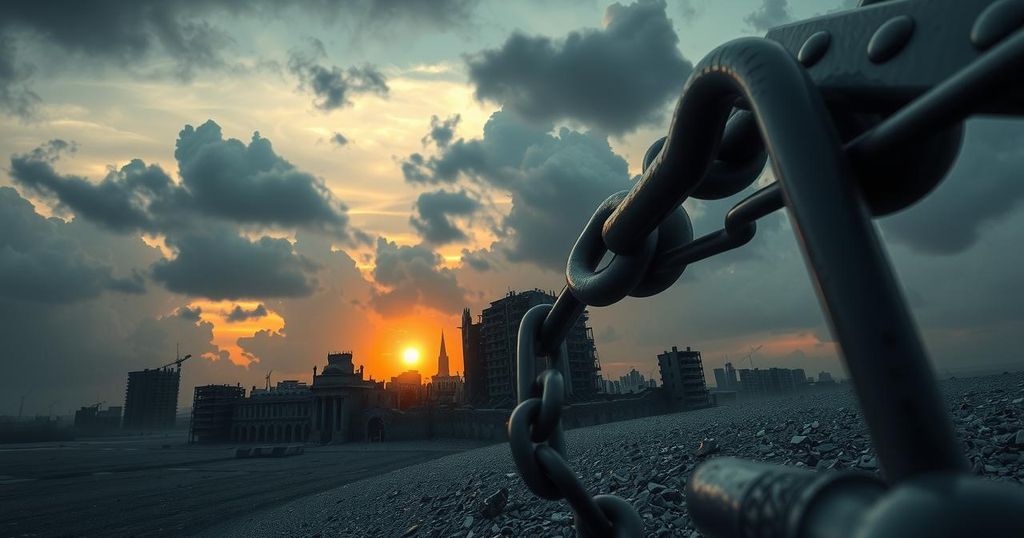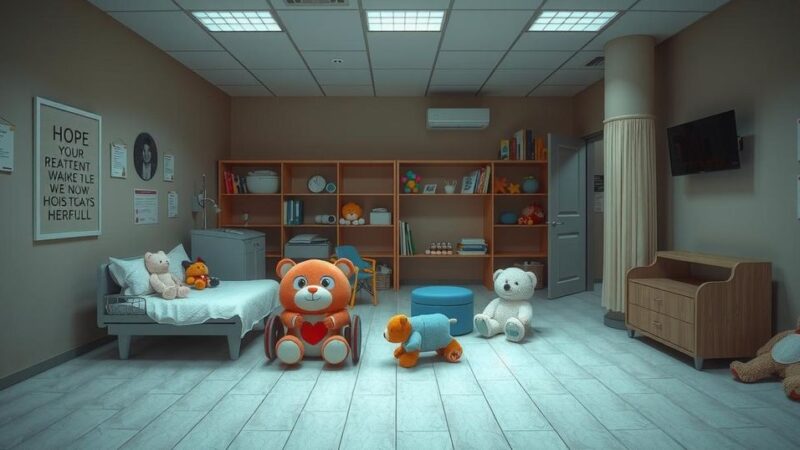Rwanda-backed rebels in the Democratic Republic of Congo have captured Goma and pledged to advance towards Kinshasa. Despite their ambitions, they face strong resistance from the Congolese army and allied forces. Tensions are increasing as fighting has erupted between multiple armies in the region, raising concerns about a larger conflict and worsening humanitarian conditions for civilians affected by the violence.
Rebels in the Democratic Republic of Congo (DRC), backed by Rwanda, have seized control of Goma, a strategic city in the eastern region. Their leader, Corneille Nangaa, announced their intention to march towards the capital, Kinshasa, which lies over 1,500 kilometers away. Despite their bold claims, they are facing significant resistance from the Congolese army and allied forces, calling into question the feasibility of their advance.
At a recent briefing, Nangaa asserted, “We want to go to Kinshasa, take power and lead the country.” However, the Congolese government remains resolute in its defense efforts. President Felix Tshisekedi has called for a large-scale military mobilization against the rebellion, and Defense Minister Guy Kabombo Muadiamvita has firmly rejected any proposals for negotiation, stating, “We will stay here in Congo and fight. If we do not stay alive here, let’s stay dead here.”
The Congolese army, supported by a force of 1,500 troops from Burundi and local militias, is actively resisting the rebels’ attempts to move southward. Clashes between the Rwandan, Congolese, and Burundian armies have already erupted, raising concerns about the potential for the conflict to escalate into a larger regional war. Observers note that the capture of Goma has served as a significant alarm for the international community regarding the increasing volatility of the situation.
The turmoil is exacerbated by the ongoing humanitarian crisis, with reports indicating that hundreds of individuals suffer injuries daily due to the violence. Millions of civilians have historically been impacted by the conflicts in the region, suffering from disease and malnutrition, a grim legacy that continues to unfold. The M23 group, comprised largely of ethnic Tutsis, broke away from the Congolese army more than a decade ago and is one of approximately 100 armed factions operating within the DRC.
As tensions mount, the consequences of the ongoing fighting are dire for the civilian population, as fear and uncertainty persist amid the chaos. The stakes are high, and international observers are watching closely as the situation develops, understanding that stakes are not only local but could also spiral into a broader regional conflict.
The Democratic Republic of Congo has a long history of conflict, with recent hostilities primarily driven by a complex interplay of ethnic tensions and political grievances. The M23 group, which primarily consists of ethnic Tutsis, emerged from previous clashes more than a decade ago. The current violence escalated following the group’s capture of key territories, which has drawn in neighboring countries like Rwanda and Burundi, heightening regional tensions. International entities, including the United Nations, are increasingly concerned about the implications of another potential regional war, adding urgency to the situation.
In conclusion, the situation in the Democratic Republic of Congo remains precarious as Rwanda-backed rebels have captured Goma and are striving to move towards the capital, Kinshasa. The Congolese government’s strong military response and refusal to negotiate suggest a protracted conflict ahead. With hundreds of civilians caught in the crossfire and the potential for regional escalation, the international community is urged to closely monitor the evolving dynamics and provide support to mitigate the humanitarian crisis.
Original Source: news.sky.com






